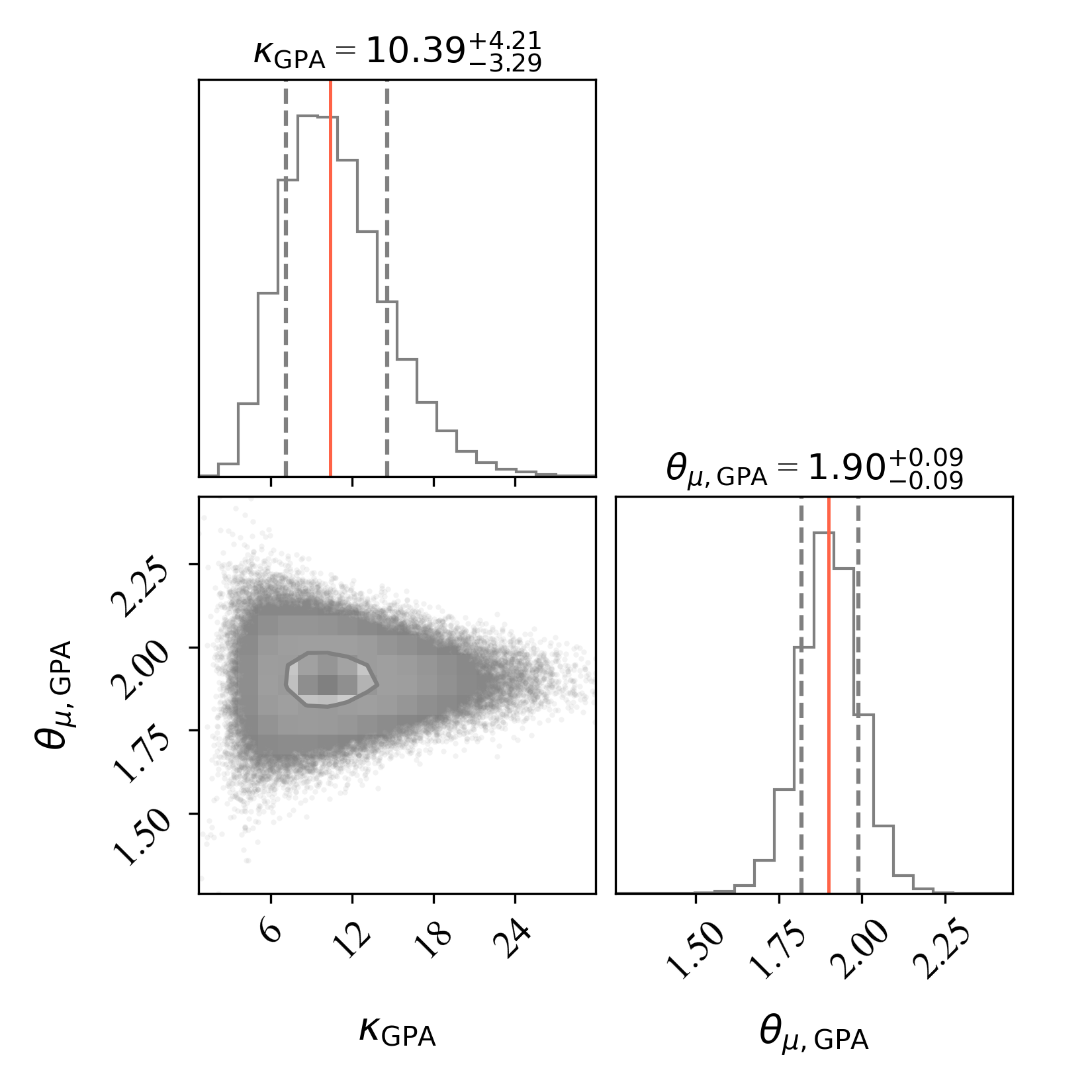2023ApJ…951L..44T
Published in The Astrophysical Journal Letters, 2023
Abstract: We report observations of a remarkable major axes alignment nearly parallel to the Galactic plane of 5σ significance for a subset of bulge “planetary nebulae” (PNe) that host, or are inferred to host, short-period binaries.


Nearly all are bipolar. It is solely this specific PN population that accounts for the much weaker statistical alignments previously reported for the more general bulge PNe. It is clear evidence of a persistent, organized process acting on a measurable parameter at the heart of our galaxy over perhaps cosmologically significant periods of time for this very particular PN sample. Stable magnetic fields are currently the only plausible mechanism that could affect multiple binary star orbits as revealed by the observed major axes orientations of their eventual PNe. Examples are fed into the current bulge PN population at a rate determined by their formation history and mass range of their binary stellar progenitors.
Recommended citation: Tan, Shuyu, Quentin A. Parker, Albert A. Zijlstra, Andreas Ritter, and Bryan Rees. “When the Stars Align: A 5σ Concordance of Planetary Nebulae Major Axes in the Center of Our Galaxy.” The Astrophysical Journal Letters 951, no. 2 (2023): L44.
